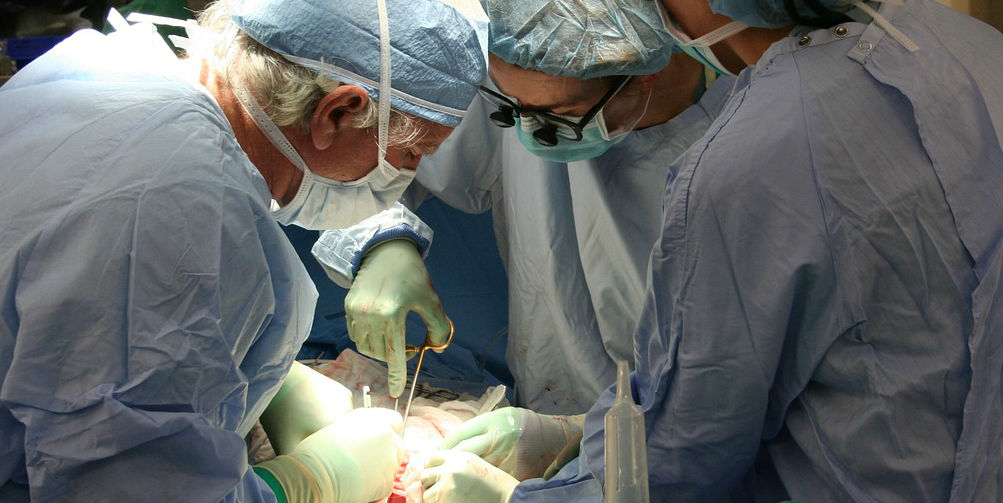
There’s one way for medical professionals to better prevent making serious errors during surgery: just follow the checklists. Surgical errors happen far too often, with catastrophic consequences for patients and their families. These mistakes, which typically are categorized as “never events” – meaning they should never happen to patients – include:
· Operating on the wrong patient
· Operating on the wrong side of the patient
· Performing the wrong surgical procedure
· Operating on the wrong site of the patient
· Surgical site infections
According to a report (“Surgery Risks”) released earlier this year from Coverys, a medical malpractice insurance provider, errors made during surgery were the second most common cause of medical malpractice lawsuits. Surgeries gone wrong accounted for about a quarter of all such lawsuits between 2014 and 2018.
Checklists for Preventing Surgery Errors
There currently are two widely known safety checklists for surgical procedures. And new research finds that using both of these checklists greatly reduce the odds for surgical errors.
The World Health Organization has its Surgical Safety Checklist, with 19 items that the organization says has significantly reduced needless deaths from surgery. The other checklist is called the Surgical Patient Safety System – SURPASS for short – and was developed a decade ago.
Proper Care Before, During and Following an Operation
The WHO surgical checklist is for during a procedure. SURPASS addresses proper patient care before and after surgery.
Examples of the WHO Surgical Safety Checklist include:
· Confirming surgical patient’s identity – patients should be asked their name, the type of procedure and site of the operation just before undergoing anesthesia
· Clear communication – to avoid confusion and confirm the procedure, surgical team members should introduce themselves and communicate their roles
· Confirm recovery plans – prior to leaving the OR, the head nurse should confirm the name of the procedure, the surgeon and anesthesiologist, as well patient recovery and post-op treatment plans
SURPASS contains these pre and post-op safety checklist items:
· Admission – all necessary imaging and lab work should be confirmed, patient’s readiness for surgery checked, patient’s operating body area properly marked
· Recovery – surgeon and anesthesiologist provide detailed post-operative care instructions
· Patient discharge – prior to patient leaving hospital proper medical follow-ups are conducted, appropriate medications confirmed
Research published this May in the medical journal JAMA Surgery found the best way to protect patients from surgical errors is to follow both checklists. While the checklists have been available for many years and are highly regarded, this is the first documented look at what happens if both are adhered to for an operation.
The study (“Clinical Efficacy of Combined Surgical Patient Safety System and the World Health Organization’s Checklists in Surgery A Nonrandomized Clinical Trial”) included 9,000 surgeries. A portion followed only the WHO checklist while the remainder used both surgical safety measures.
Researchers found that when following both surgical checklists there were fewer:
· Surgical patient complications
· Reoperations
· Hospital readmissions
When it comes to protecting patients from serious medical errors, no safety procedures should be overlooked. And apparently when it comes to preventing surgical mistakes, two checklists are better than one.
If you were seriously harmed or had a family member die unexpectedly during medical treatment, an avoidable error may be the cause. Turn to an experienced medical malpractice lawyer to investigate.
The choice of a lawyer is an important decision that should not be based solely on advertisements.
Authored by Gray Ritter Graham, posted in Blog August 17, 2020

 RSS Feed
RSS Feed